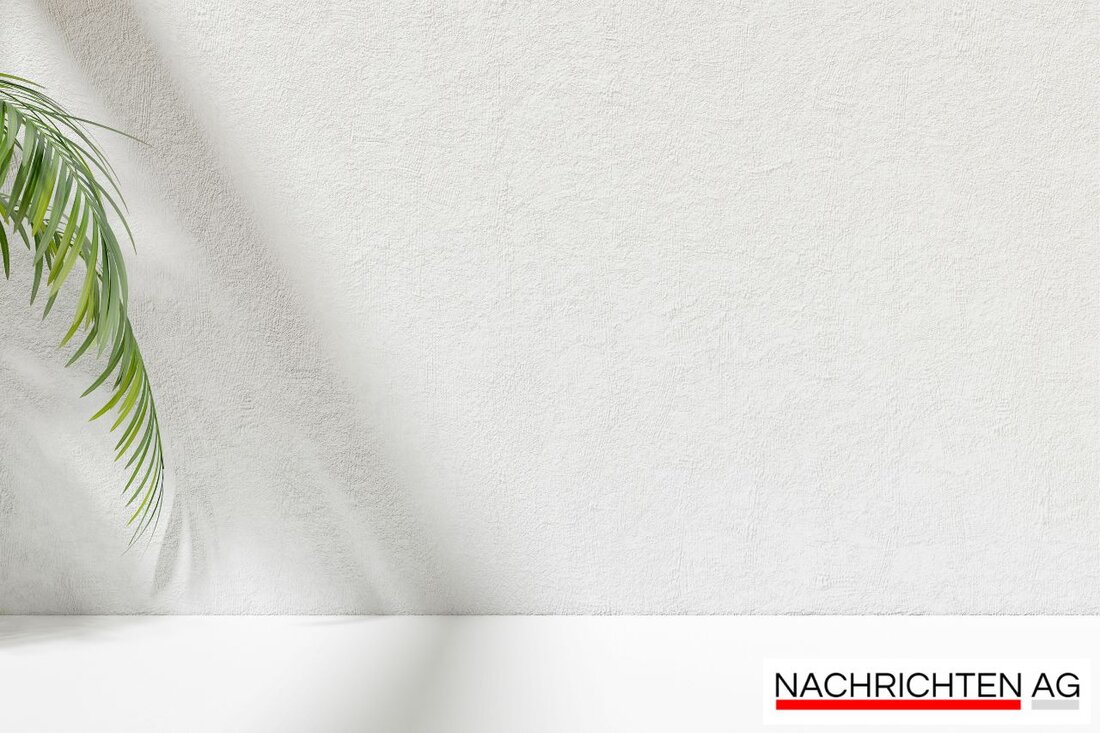Marina Abramović: background and revelations of her radical art!
Vienna's Albertina Modern is showing the life's work of performance artist Marina Abramović until March 1, 2026.

Marina Abramović: background and revelations of her radical art!
In the Viennese Albertina Modern Art lovers can expect an impressive exhibition about the life's work of the Serbian performance artist Marina Abramović until March 1, 2026. She has been shaping the art world since the late 1960s and is known for her challenging and often cross-border performances. This retrospective not only reviews her works, but also lets trained actors re-enact them, providing special insights into her artistic philosophy.
Marina Abramović has received numerous international awards throughout her career, including the Golden Lion at the Venice Biennale and the Praemium Imperiale in Tokyo. Her body art, which uses the body as a material, is considered an important aspect of her art, skillfully incorporating physical and haptic elements. She experiences strict but cold socialization from her military parents, who had a lasting impact on her artistic career.
Intense performances and their meaning
One of the most famous works is “Rhythm 0” from 1974, where she made her body available as an object. The visitors had the freedom to decide how they wanted to treat her, which eventually led to extreme excesses that left her injured. These and other works often cross boundaries and highlight her devotion, which extends to the point of physical extinction.
The 1977 performance “Imponderabilia” shows her naked in a doorway with her partner Ulay, creating a zone of extreme intimacy. The shocking “Balkan Baroque” (1997), in which she spent days scrubbing flesh from a mountain of bones, also reflects the horror of the Yugoslavian war.
Art and healing
The current exhibition focuses on the connection between art and healing. There are crystal benches and gates that are intended to purify the soul. Abramović's later work “The Artist is Present” (2010) required her to hold the viewer's gaze for eight hours a day over three months. This form of interaction impressively shows how it creates space between artist and audience and thus creates a very special atmosphere.
The exhibition in Vienna is a wonderful opportunity to experience the different facets of Abramóvic's work - from haunting installations to physically and psychologically challenging performances. Her works invite reflection on pain, destruction and the human experience, and show how art can be a means not only of expression, but also of healing and reflection.
Harald Schmid, the curator of the exhibition, emphasizes the importance of Abramović's work in today's world: "Art is not only enjoyment, but also a way to address social issues and encourage viewers to think." The exhibition is a must-see for anyone interested in contemporary art and who wants to explore the deep emotions and thoughts that Abramović's work can trigger.

 Suche
Suche
 Mein Konto
Mein Konto